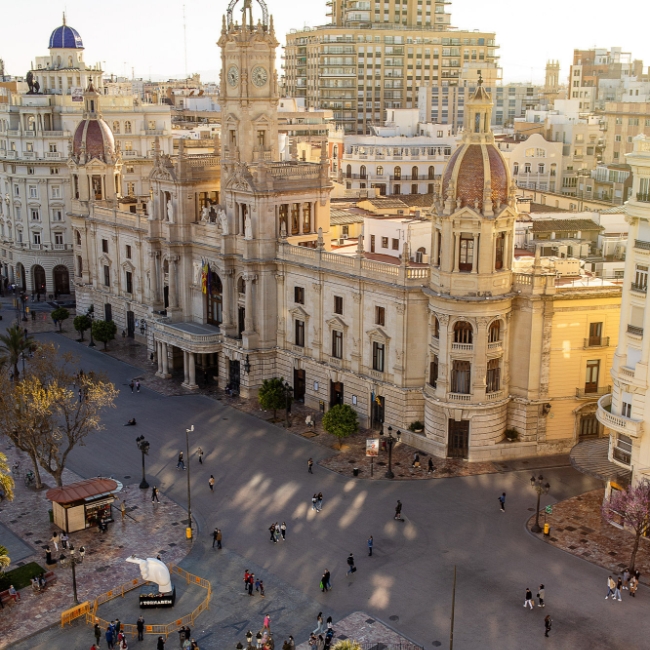Adapting to Spanish mealtimes as an expat
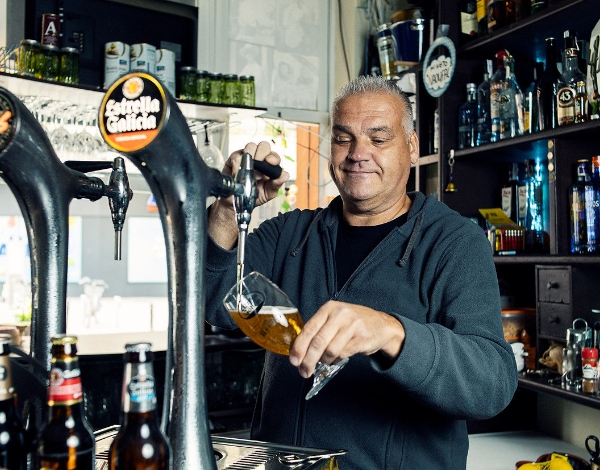
It can be a shock to the system for many new expats, adapting to the Spanish way of eating. Spanish people either eat, or they talk about eating. Three meals a day and a bit of snacking in between is not what Spanish people do. You will have a hard job finding any Spaniard munching on a sandwich ‘on the go’ or eating a takeaway lunch behind their desk. Eating is a social affair and it is serious business. They LOVE their food! So much so, that they have five mealtimes a day. Yep, you read that right! And although most expats quickly get used to all the fabulous dishes and culinary delights that Spain has to offer, they often get caught out by the times you are supposed to sit down and eat. When are the Spanish mealtimes?
Tiny breakfasts and beer in the morning
How do you adapt to Spanish mealtimes? Well, you start with a small desayuno, which is usually a cup of coffee and a small croissant or a bit of tostada for breakfast, mostly at home. Often it’s just coffee on its own. For the kids, some ‘galletas‘, or thin biscuits dipped in a glass of milk. The croissant gets dipped in the coffee too, by the way. The Spanish like their breakfast soggy.
Then by 10.30 it’s time for more heavy duty stuff: Almuerzo. Terraces fill up, office workers go out for a bite to eat together, builders gather at the bar of a cafetaria. What do you order for almuerzo? Tortilla, chorizo, Russian salad, bread with cheese and jamon, ‘tostada con tomate’, sausages, calamari… lots of dishes you can choose from mid-morning, all freshly prepared on-site. Usually served on a ‘plato’, a plate, or on a ‘bocadillo’, a baguette. And hey, let’s just wash it all down with a glass of beer or wine. It’s nearly midday, after all.
Three-course meals for 10 euro
Still hungry? Fear not. Lunchtime is around the corner. But don’t make the typical mistake of rocking up at a restaurant at 1pm and expect it to be open. If you have small children (or partners) who are used to eat their lunch at that time of day, you better have something in your back pocket to nibble on, because almuerzo is over, and comida will not start until 2. This is also when siesta starts. Siesta is more about taking enough time to eat, by the way, rather than going for a nap – so let’s bust that myth here and now. People either go home to cook their lunch or meet with friends or colleagues outside on the terrace of a restaurant. For three courses, usually. Don’t forget to make good use of the 3-course home cooked Menu del dias for around €10, which are normally offered in most restaurants.
What’s next? There’s more? I’m stuffed! After a few more hours of work or school (most kids also enjoy that 3-course meal at lunchtime!), it is time for number four on the list of Spanish mealtimes. This little meal, or rather big snack, is still taken quite seriously and happens at around 5pm when the schools are out. Merienda. No kid ever refuses, as merienda involves bread, biscuits, chocolate milk, fruit or other items children could practically live on. Most parents will just have a cup of coffee. Or, in Valencia, order the typical cold drink horchata and some fartons (to dip in, of course. I told you Spanish like to eat things when soggy).
For most Spanish people it’s not until 9pm when the final meal of the day is served: la cena. Dinner. The thing to remember is that cena is not usually a very big meal. Not like our evening dinners we are used to back home. No plates full of pasta or otherwise carb-heavy recipes. And a tip from the us: paella is never eaten at night. Remember that next time you order in a Spanish restaurant.
Share post
Last posts
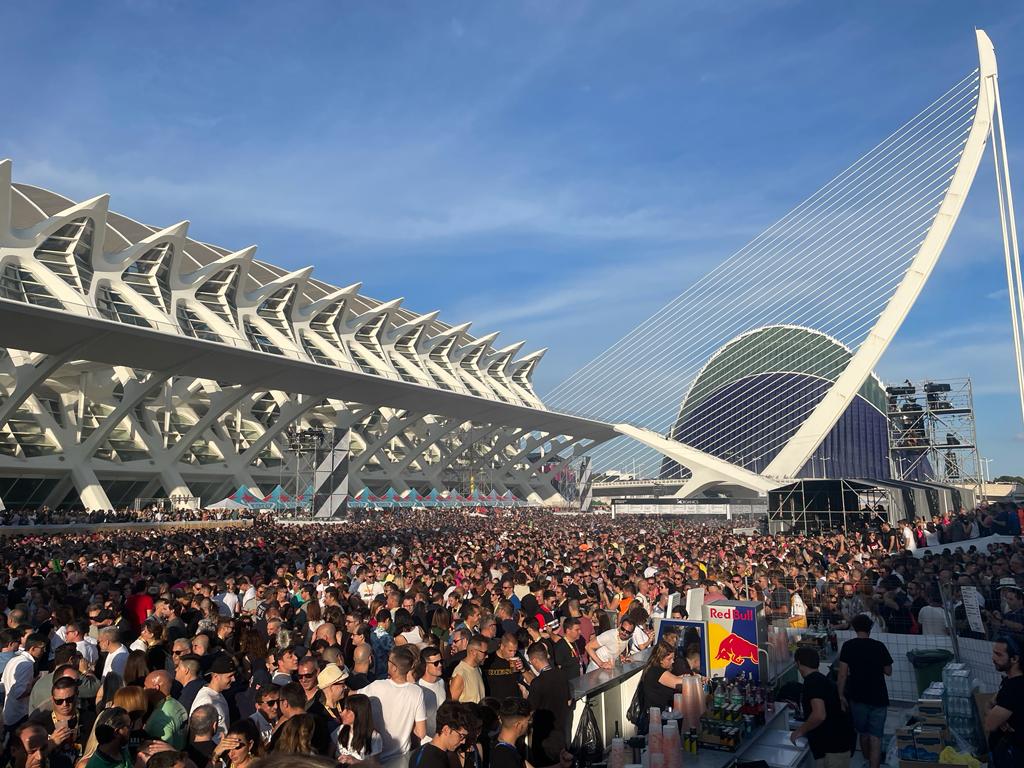
Summer festivals in Valencia
June 30, 2023 | Individuals
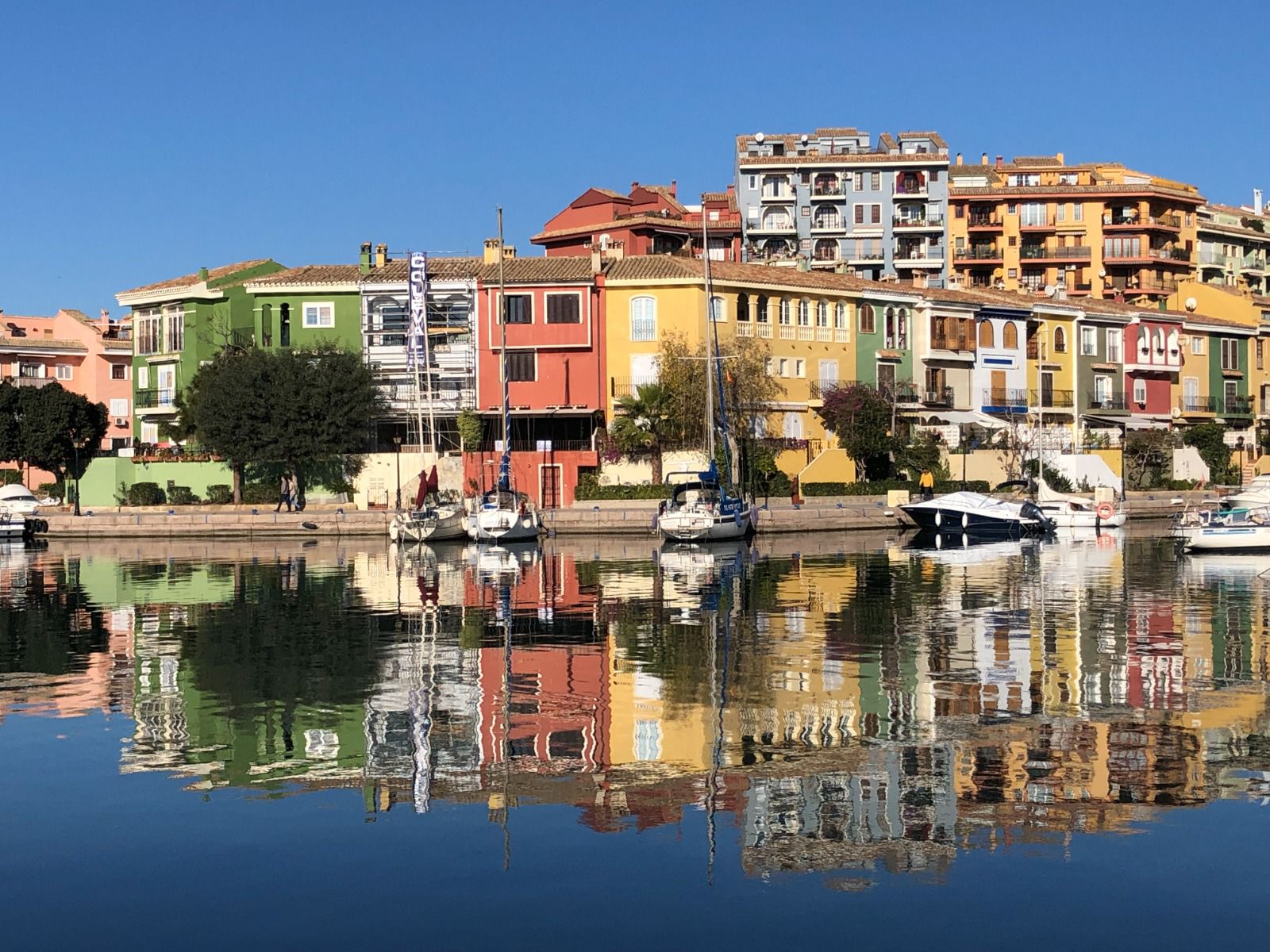
A second home in Valencia, yes or no?
May 31, 2023 | Individuals
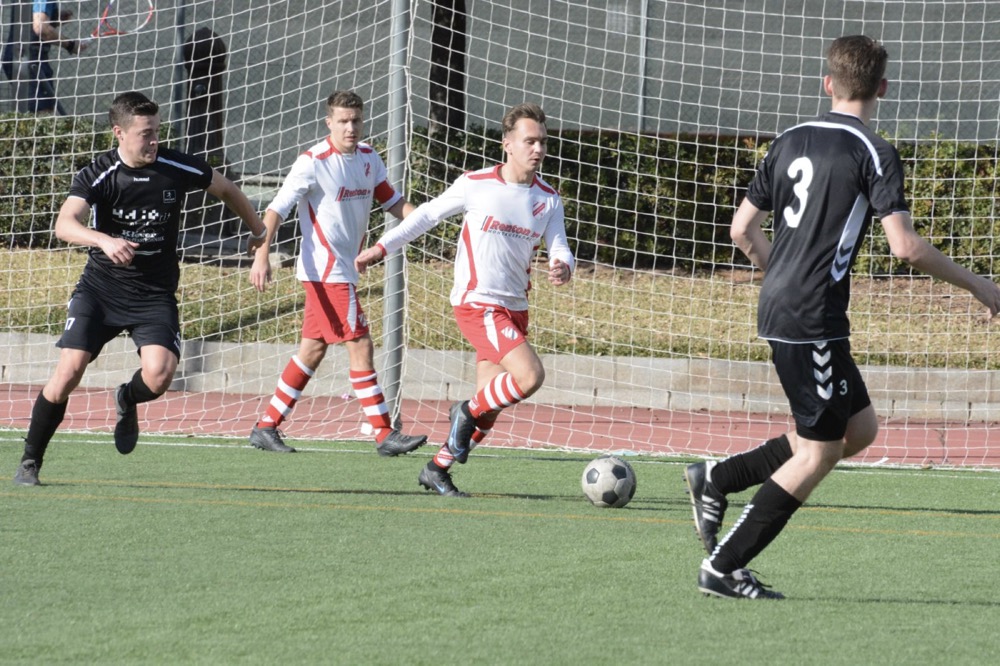
Active life and Sports in Valencia
April 27, 2023 | Individuals
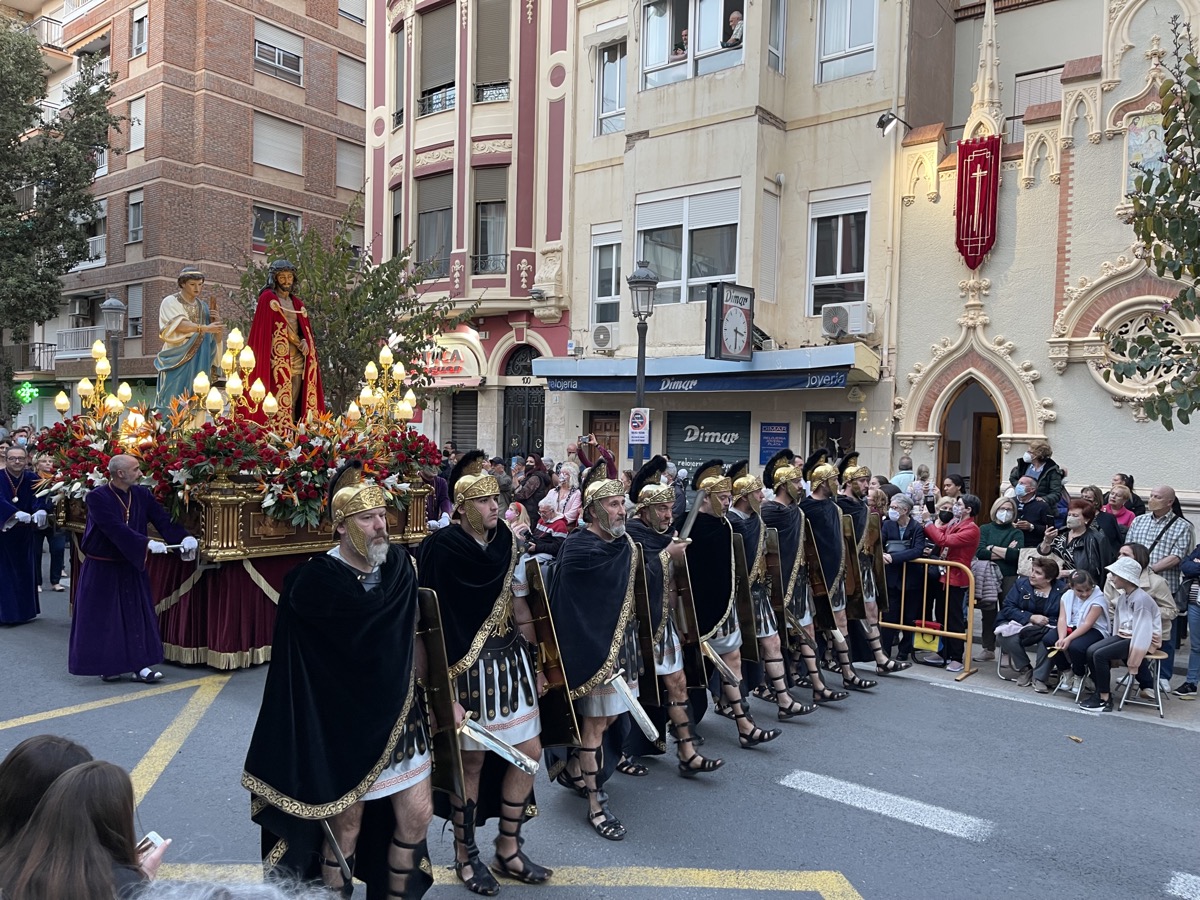
El Cabanyal a village in the city of Valencia
March 31, 2023 | Business

Is Las Fallas similar to Carnival?
February 27, 2023 | Individuals
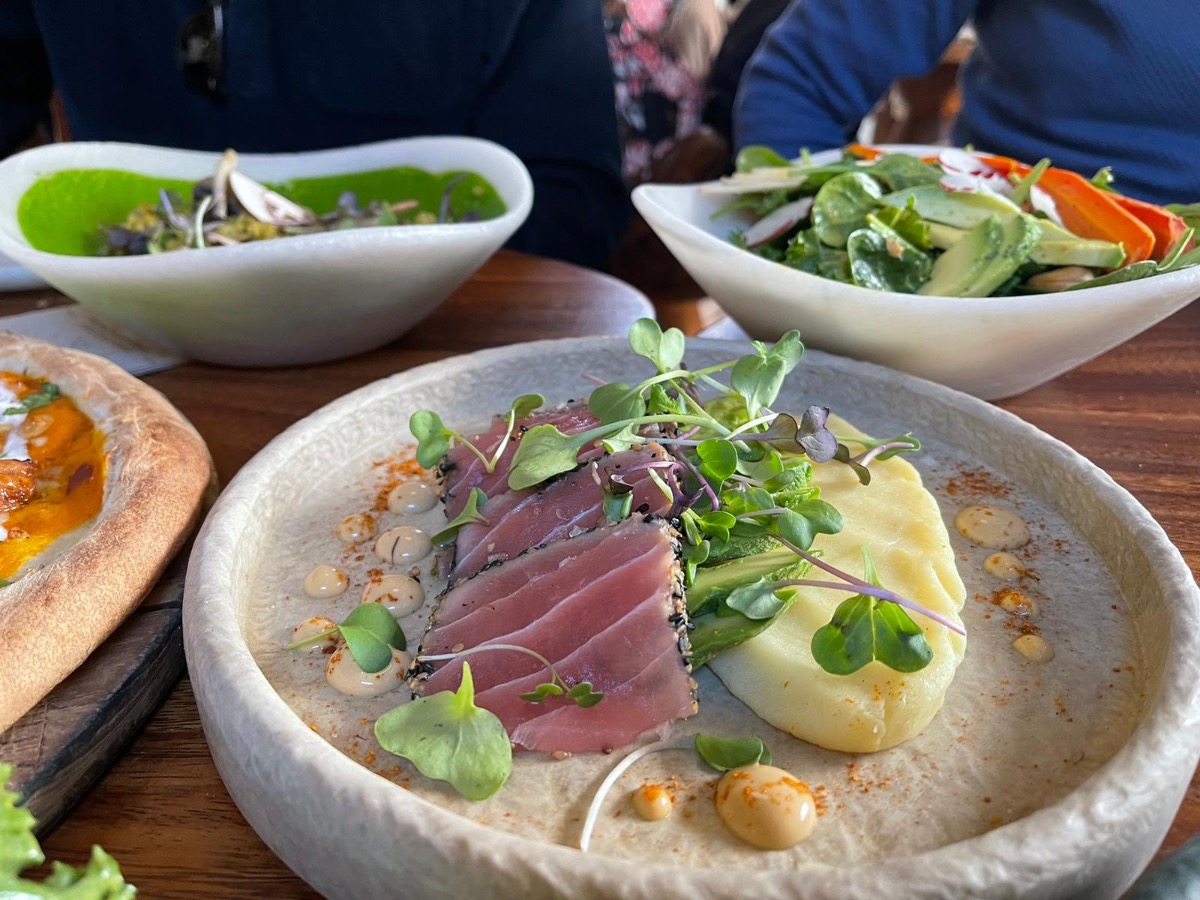
Tasty and healthy food in Valencia
January 30, 2023 | Individuals



